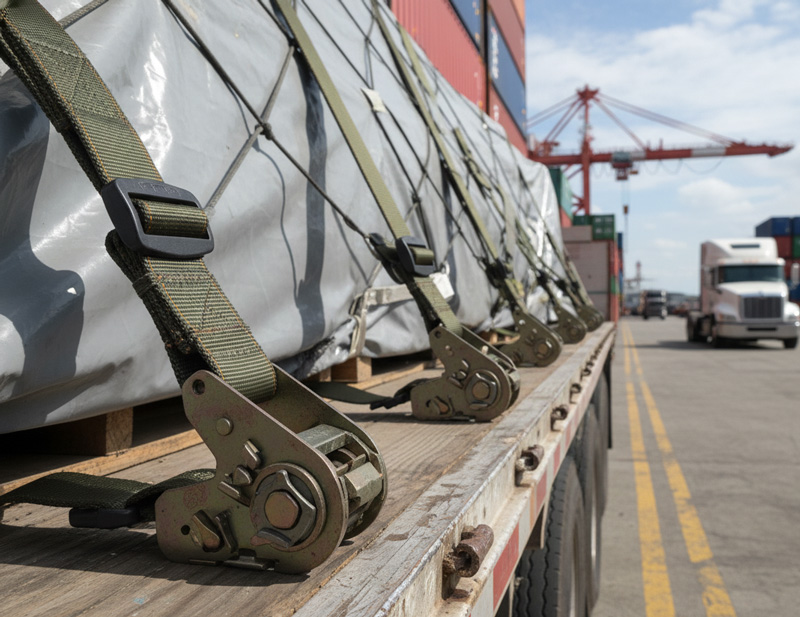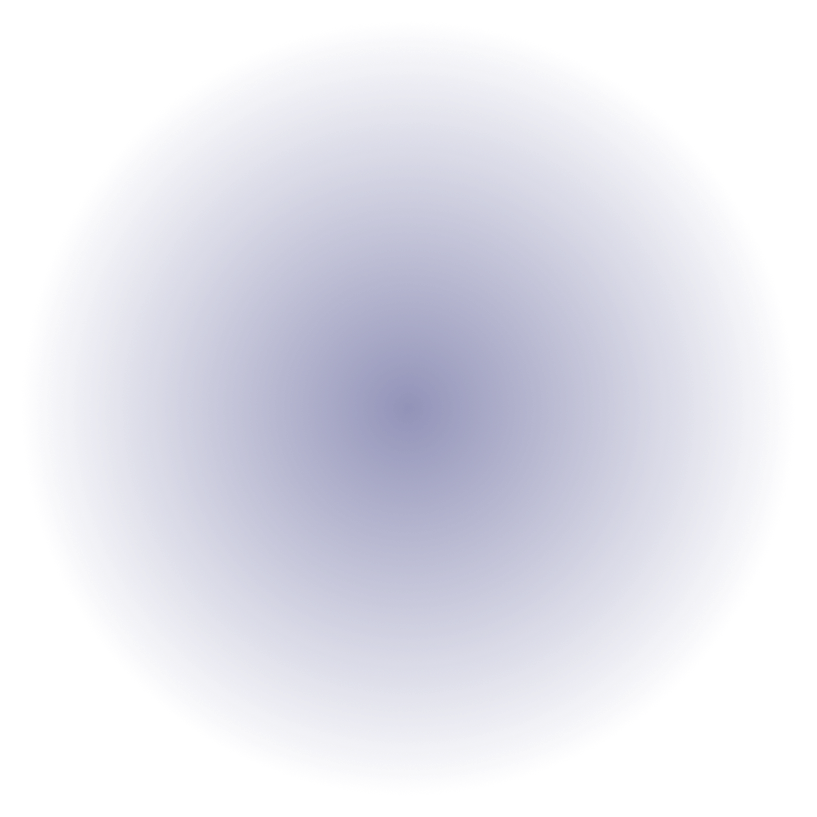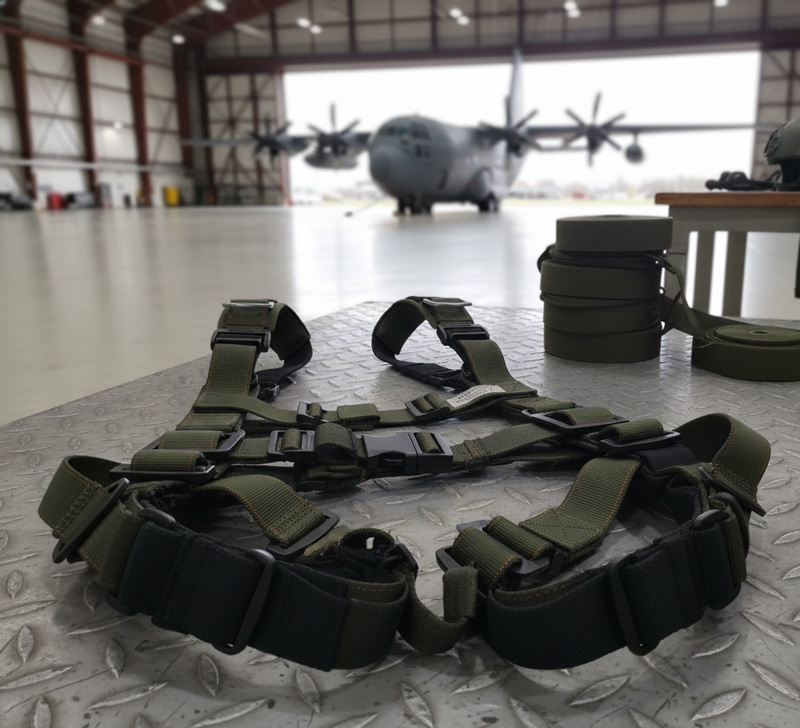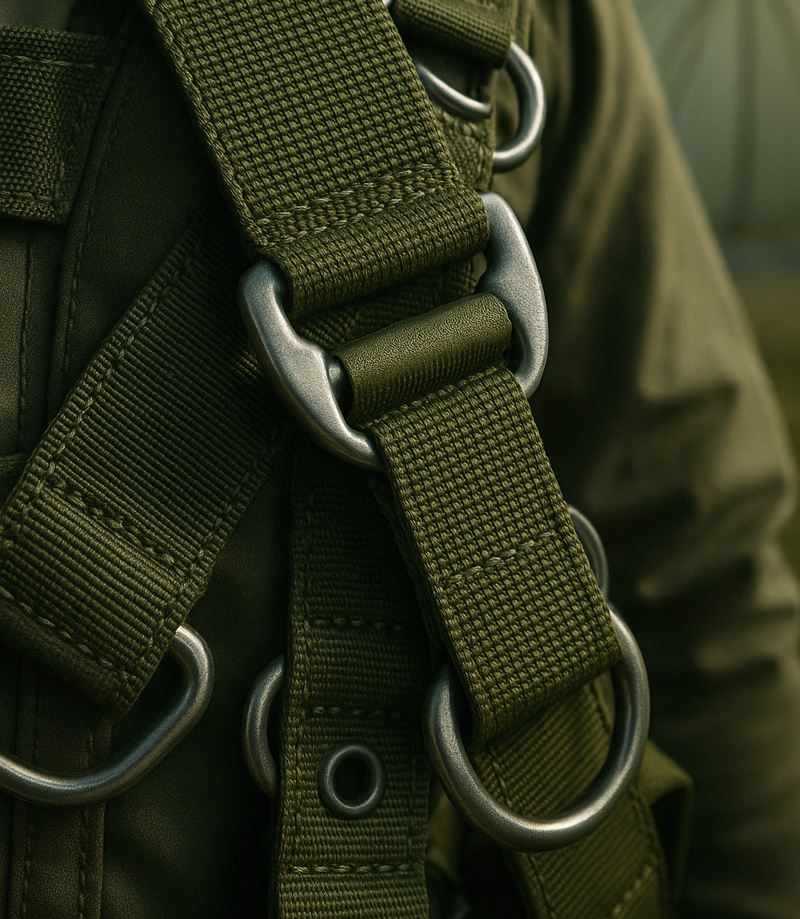MIL-W-4088 Webbing


Precision with ACW Weaving
- Avoid back orders, quick turnaround times
- Precise color matching
- No minimum order requirements
- US & Overseas supplied solutions
Applications of MIL-W-4088
Military Use
Safety Harnesses
Aerospace Industry
Automotive Industry
Transportation and Cargo
Medical Devices
Technical Data of MIL-W-4088
SPECIFICATION |
Type |
CLASS |
WIDTH |
TENSILE STRENGTH (lbs) |
|
| GET A QUOTE | MIL-W-4088 T-1 |
1 |
1, 1A or 2 |
9/16" |
500 |
| GET A QUOTE | MIL-W-4088 T-1A |
1A |
1, 1A or 2 |
3/4" |
600 |
| GET A QUOTE | MIL-W-4088 T-2 |
2 |
1, 1A or 2 |
1" |
600 |
| GET A QUOTE | MIL-W-4088 T-3 |
3 |
1, 1A or 2 |
1 1/4" |
800 |
| GET A QUOTE | MIL-W-4088 T-4 |
4 |
1, 1A or 2 |
3" |
1800 |
| GET A QUOTE | MIL-W-4088 T-6 |
6 |
1, 1A or 2 |
1 23/32" |
2500 |
| GET A QUOTE | MIL-W-4088 T-7 |
7 |
1, 1A or 2 |
1 23/32" |
6000 |
| GET A QUOTE | MIL-W-4088 T-8 |
8 |
1, 1A or 2 |
1 23/32" |
4000 |
| GET A QUOTE | MIL-W-4088 T-8A |
8A |
1, 1A or 2 |
3" |
6300 |
| GET A QUOTE | MIL-W-4088 T-8B |
8B |
1, 1A or 2 |
2" |
4500 |
| GET A QUOTE | MIL-W-4088 T-8C |
8C |
1, 1A or 2 |
2 1/4" |
5300 |
| GET A QUOTE | MIL-W-4088 T-9 |
9 |
1, 1A or 2 |
3" |
9000 |
| GET A QUOTE | MIL-W-4088 T-10 |
10 |
1, 1A or 2 |
1 23/32" |
9500 |
| GET A QUOTE | MIL-W-4088 T-12 |
12 |
1, 1A or 2 |
1 23/32" |
1200 |
| GET A QUOTE | MIL-W-4088 T-13 |
13 |
1, 1A or 2 |
1 23/32" |
7000 |
| GET A QUOTE | MIL-W-4088 T-14 |
14 |
1, 1A or 2 |
1/2" |
1200 |
| GET A QUOTE | MIL-W-4088 T-15 |
15 |
1, 1A or 2 |
2" |
1500 |
| GET A QUOTE | MIL-W-4088 T-16 |
16 |
1, 1A or 2 |
1 23/32" |
4500 |
| GET A QUOTE | MIL-W-4088 T-17 |
17 |
1, 1A or 2 |
1" |
2500 |
| GET A QUOTE | MIL-W-4088 T-18 |
18 |
1, 1A or 2 |
1" |
6000 |
| GET A QUOTE | MIL-W-4088 T-19 |
19 |
1, 1A or 2 |
1 3/4" |
10000 |
| GET A QUOTE | MIL-W-4088 T-20 |
20 |
1, 1A or 2 |
1" |
9000 |
| GET A QUOTE | MIL-W-4088 T-21 |
21 |
1, 1A or 2 |
1 1/4" |
3600 |
| GET A QUOTE | MIL-W-4088 T-22 |
22 |
1, 1A or 2 |
1 23/32" |
9500 |
| GET A QUOTE | MIL-W-4088 T-23 |
23 |
1, 1A or 2 |
1 1/8" |
12000 |
| GET A QUOTE | MIL-W-4088 T-24 |
24 |
1, 1A or 2 |
1 15/16" |
5500 |
| GET A QUOTE | MIL-W-4088 T-25 |
25 |
1, 1A or 2 |
1" |
4500 |
| GET A QUOTE | MIL-W-4088 T-26 |
26 |
1, 1A or 2 |
1 3/4" |
15000 |
| GET A QUOTE | MIL-W-4088 T-27 |
27 |
1, 1A or 2 |
1 23/32" |
6500 |
| GET A QUOTE | MIL-W-4088 T-28 |
28 |
1, 1A or 2 |
2 1/4" |
8700 |
Don’t Take Chances
Manufacturing Process of MIL-W-4088
Weaving
Dyeing
Finishing
Packaging


MIL-W-4088 Nylon Webbing
Light-Duty Types (T-1 through T-4)
Medium-Strength Types (T-6 through T-13)
Heavy-Duty Types (T-14 through T-28)
Specifications
Class 1
Shuttle loom, nylon 6,6
Class 1A
Shuttleless loom, nylon 6,6
Class 2
Shuttle or shuttleless loom, nylon 6 or 6,6
PIA W-4088F
also available (Nylon Types I–XXVIII) for parachute and aerospace contracts
Performance & Quality




MIL-W-4088 webbing, with its exceptional properties and versatility, plays a crucial role in various industries.

MIL-W-4088 webbing, with its exceptional properties and versatility, plays a crucial role in various industries.

